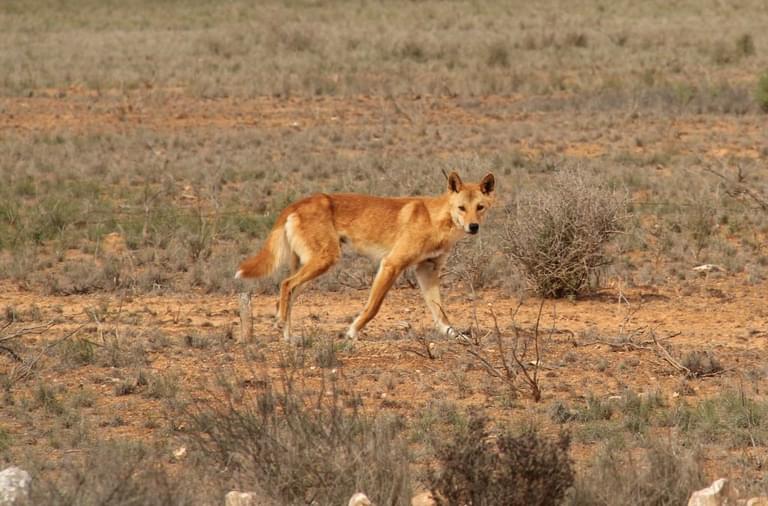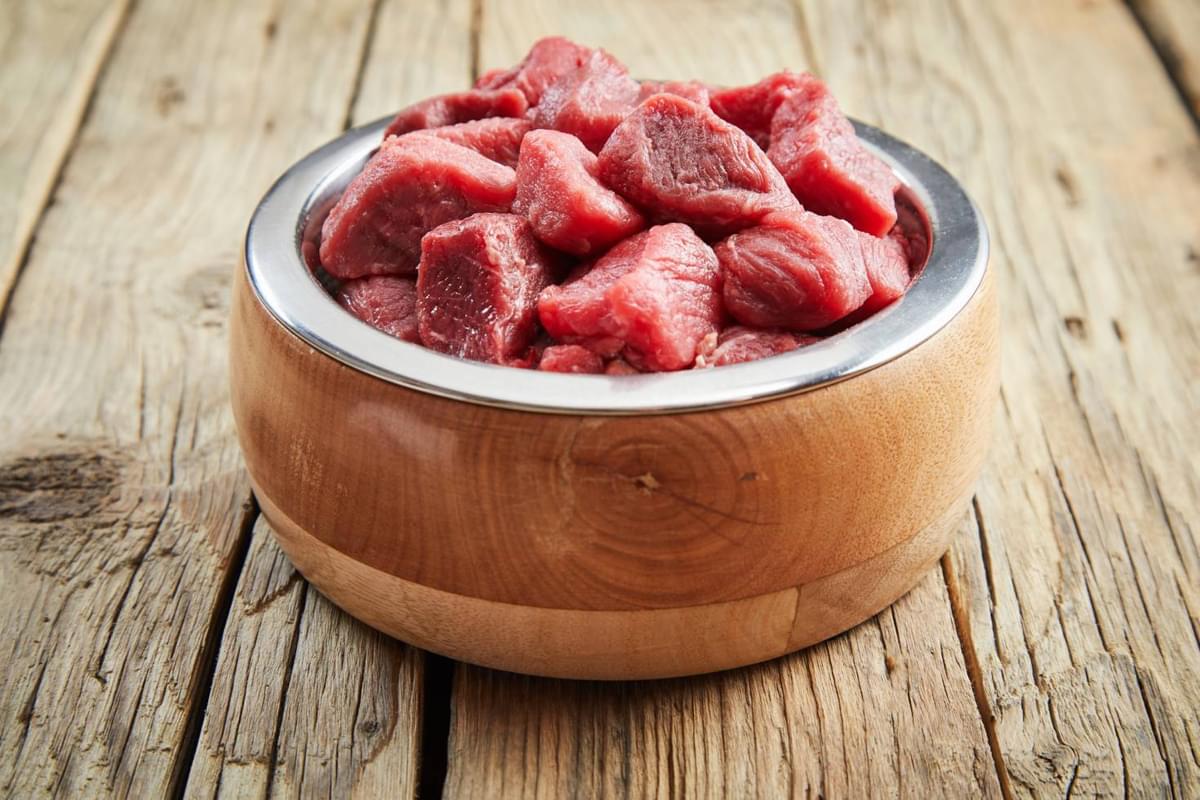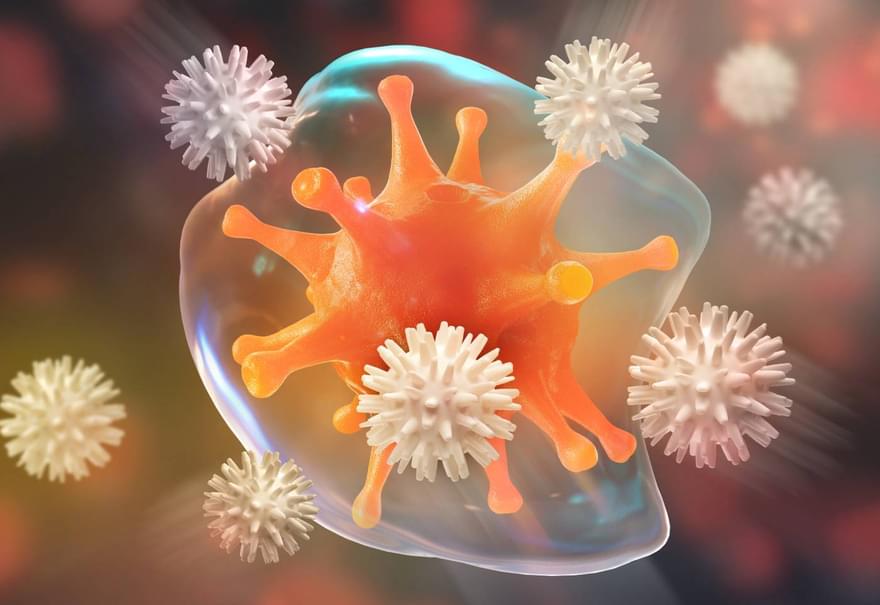
Sea Vegetables: A Garden Under the Sea for Your Dog?
Guest Blog: Anna Webb
Sea vegetables help sustain ecosystems, boost the planet’s oxygen supply, could these ‘veggies’ be good for dogs?
Whilst many make loose comparisons of the dog to the wolf, an animal the dog hasn't been related to for perhaps 100,000 years, there is a far more appropriate comparison to make and that is to the dog's brother, the dingo. The dingo was a domestic dog introduced to the Australian outback by Asian travellers somewhere between 2 - 4,000 years ago. They are still so closely related to the dog that they readily interbreed. Study after study shows the dingo is a total carnivore, eating 98% animal matter (Gill et al. 1964, Fleming 2001, Corbett 2004).

Anatomy experts agree (Feldhamer 2003, NRC 2006, Akers and Denbow 2008) that the dog is a carnivore. On the inside, many facets of the dog's anatomy convince canine nutritionists the dog is a meat-eating carnivore. Some of these features include:
Their ability to make carbs from protein and fat on a constant cycle and thus zero need of carbohydrates in their diet, the very definition of a meat eater.
Carnivores have sharp jagged teeth which are designed for grabbing, ripping and tearing meat. Carnivores do not posses the flat molars used for grinding vegetation like omnivores do.

Carnivore jaws hinge open widely, allowing them to gulp large chunks of meat and bone. Their powerful jaws and teeth are designed to crush bones. Carnivores cannot chew as they have no lateral movement in their jaws.
Your dog has a very short foregut compared to omnivores and a short smooth hindgut. This allows food to pass through quickly. Omnivores have a much longer intestines because vegetation takes a long time to break down. Dogs do not produce amylase in their saliva. Amylase is an enzyme needed to break down cellulose in plant matter. All herbivores and omnivores produce amylase in their saliva, dogs do not.

Akers, R. M. and Denbow, D. M. (2008). Anatomy and physiology of domestic animals. Oxford: Blackwell.
Corbett, L. (2004). "Dingo". Canids: Foxes, Wolves, Jackals and Dogs. International Union for Conservation of Nature and Natural Resources.
Feldhamer, G. A. (2003). Mammology: Adaptation, diversity, and ecology, 2nd Ed. New York: McGraw-Hill. O’Reece, W. (2004). Dukes’ physiology of domestic animals (12th ed.). Ithaca, NY: Comstock Publishing.
Fleming, F., Corbett, L., Harden, R. and Thomson, P. (2001). Managing the impacts of dingoes and other wild dogs. Canberra, Australia: National Heritage Trust, Bureau of Rural Sciences.
Gill, J., Hoffmannowa, H. and Piekarz, R. (1964). Studies on digestive physiology in the wolf, dingo, and jackal. II. Digestive ability of the pancreas, duodenum and salivary glands and size of the alimentary tract and weight of internal organs. Acta Physiologica, 15(1): 137–148.
National Research Council (NRC) (2006). Nutrient requirement of dogs and cats. Washington, DC: National Academies Press.

Guest Blog: Anna Webb
Sea vegetables help sustain ecosystems, boost the planet’s oxygen supply, could these ‘veggies’ be good for dogs?

Your dog's body is a sophisticated arrangement of organs, cells and proteins all tasked with safeguarding the body from infections. So what is the best way to support this unique system?

The rebrand comes with a captivating new packaging design that perfectly reflects ‘optimum raw nutrition for dogs’.